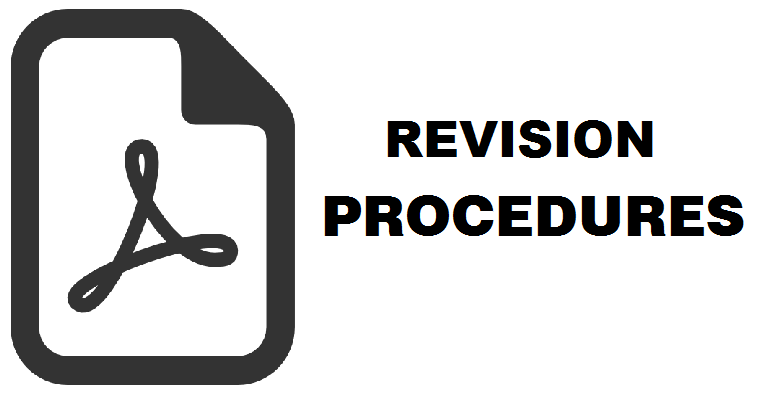Rekayasa Sistem Drainase Berwawasan Lingkungan pada Kawasan Industri Piyungan Kabupaten Bantul, Daerah Istimewa Yogyakarta
Triyono Triyono(1*), Djoko Marsono(2), Tukidal Yunianto(3)
(1) ITY “STTL YLH”, Yogyakarta
(2) Fakultas Kehutanan, Universitas Gadjah Mada, Yogyakarta, Indonesia
(3) Fakultas Geografi, Universitas Gadjah Mada, Yogyakarta, Indonesia
(*) Corresponding Author
Abstract
ABSTRAK Penelitian ini adalah rekayasa sistem drainase berwawasan lingkungan pada Kawasan Industri Piyungan Kabupaten Bantul Daerah Istimewa Yogyakarta. Obyek penelitian adalah rekayasa sistem drainase, dan tujuan penelitian yaitu melakukan kajian terhadap efektifitas penggunaan sistem drainase berwawasan lingkungan berupa sumur resapan, saluran resapan dan kolam resapan untuk meresapkan air hujan kedalam tanah sebagai fungsi konservasi air tanah. Penelitian ini menggunakan metode analisis deskriptif kualitatif dengan teknik pengumpulan adalah pengambilan sampel secara proporsional yang telah ditentukan dan mewakili keadaan obyek yang diteliti (purposive sampling). Analisis data dengan pendekatan empiris terhadap perencanaan sumur resapan, saluran resapan dan kolam resapan. Hasil rekayasa sistem drainase berwawasan lingkungan diperoleh nilai efektifitas penggunaan sumur resapan diameter 80 cm dan kedalaman 4 meter pada kawasan terbangun (C: 0,90) sebesar 29,96 %, lahan campuran (C: 0,50) sebesar 26,97 %, ruas jalan (C:0,80) sebesar 0 % dan lahan terbuka (C: 0,30) sebesar 17,98 %. Penggunaan saluran resapan berdasarkan ketentuan tipe jalan, diameter sumur resapan 40 cm, kedalaman sumur 2 meter dan jarak antar sumur 10 meter, diperoleh efektifitas saluran resapan sebesar 2,54 %. Kolam resapan mempunyai kontribusi peresapan sebesar 25 % (38.429,77 m3/tahun) dari kapasitas total debit penampungan 152.719,07 m3/tahun. Sistem drainase berwawasan lingkungan dengan koefisien permeabilitas tanah 4,66 cm/jam (1,3 x 10-3 cm/detik) diperoleh nilai peresapan untuk sumur resapan: 18,73 %, saluran resapan: 2,54 % dan kolam resapan sebesar 25 %, sehingga dapat disimpulkan bahwa penggunaan sumur resapan dipadukan dengan kolam resapan lebih efektif dari saluran resapan.
ABSTRACT This study is ecodrainage system engineering in Piyungan Industrial Estate Bantul District of Yogyakarta Special Region. Object of research is engineered drainage systems, and research aims is a review of the effectiveness of the use of ecodrainage system in the form of infiltration wells, channel infiltration and infiltration ponds to absorb rain water infiltration into the soil as a function of soil water conservation. This study used a qualitative descriptive analysis method with collecting technique is proportional sampling predetermined and represent the state of the object under study. Data analysis with empirical approach to planning infiltration wells, infiltration channels and infiltration ponds. Engineered drainage system environmental values obtained effective use absorption wells diameter of 80 cm and a depth of 4 meters on the area awakened (C: 0.90) of 29.96%, mixed land (C: 0.50) by 26.97%, roads (C: 0.80) at 0% and the open land (C: 0.30) of 17.98%. The use of infiltration channels under the terms of the type of road, diameter 40 cm absorption wells, well depth of 2 meters and the distance between wells 10 meters, obtained effectiveness of absorption line at 2.54%. Swimming infiltration infiltration contributes 25% (38429.77 m3 / year) of the total discharge capacity of reservoirs 152,719.07 m3 / year. Ecodrainage system with soil permeability coefficient of 4.66 cm / h (1.3 x 10-3 cm / sec) absorption values obtained for infiltration wells: 18.73%, channel infiltration: 2.54% and infiltration ponds of 25 %, so it can be concluded that the use of infiltration wells combined with infiltration ponds more effective infiltration of the channel infiltration.
Keywords
Full Text:
PDF (Bahasa Indonesia)Article Metrics
Refbacks
- There are currently no refbacks.
Copyright (c) 2016 Majalah Geografi Indonesia

This work is licensed under a Creative Commons Attribution-ShareAlike 4.0 International License.
Volume 35 No 2 the Year 2021 for Volume 39 No 1 the Year 2025
ISSN 0215-1790 (print) ISSN 2540-945X (online)








